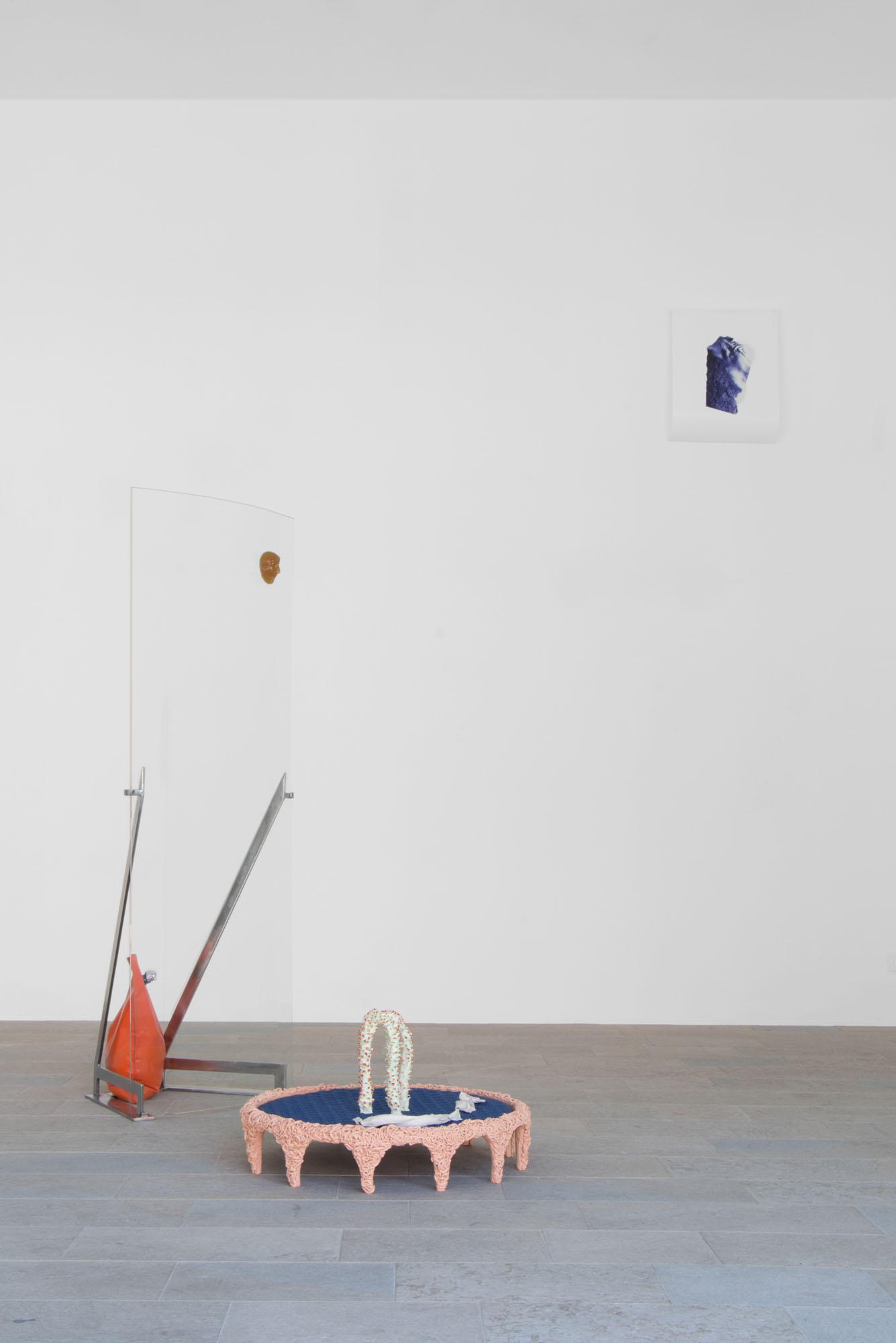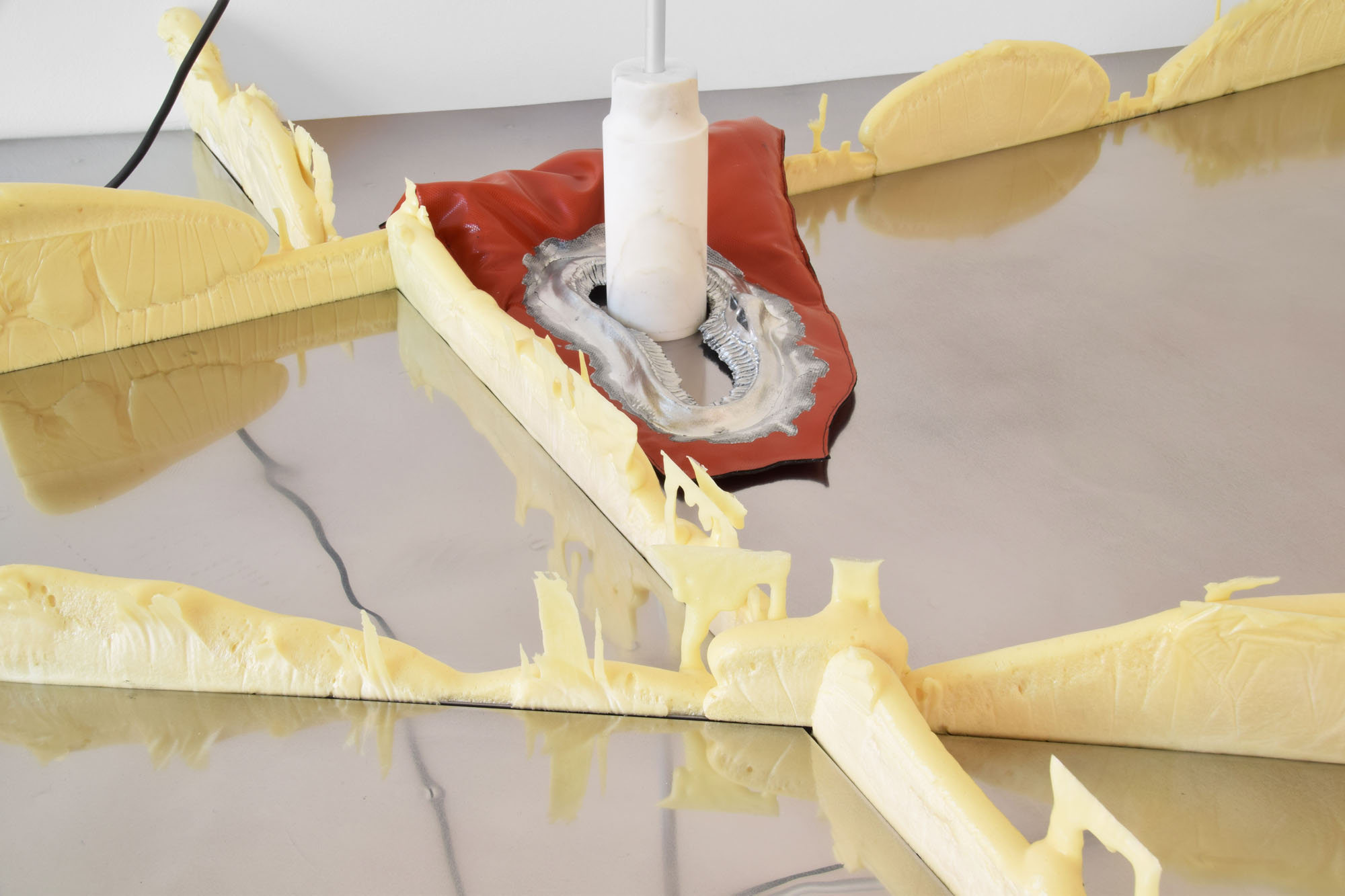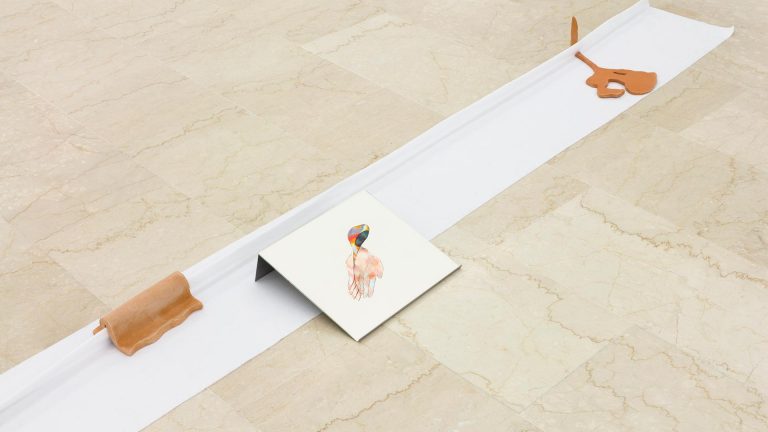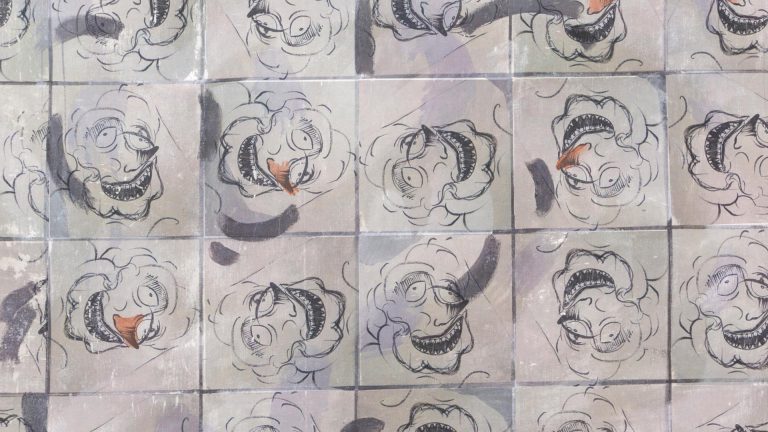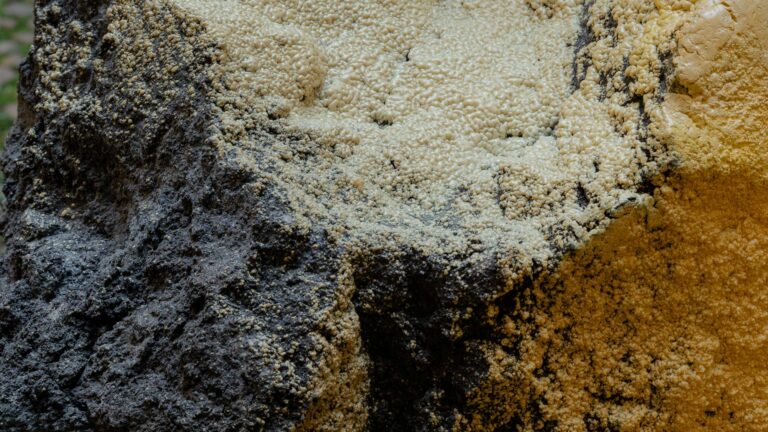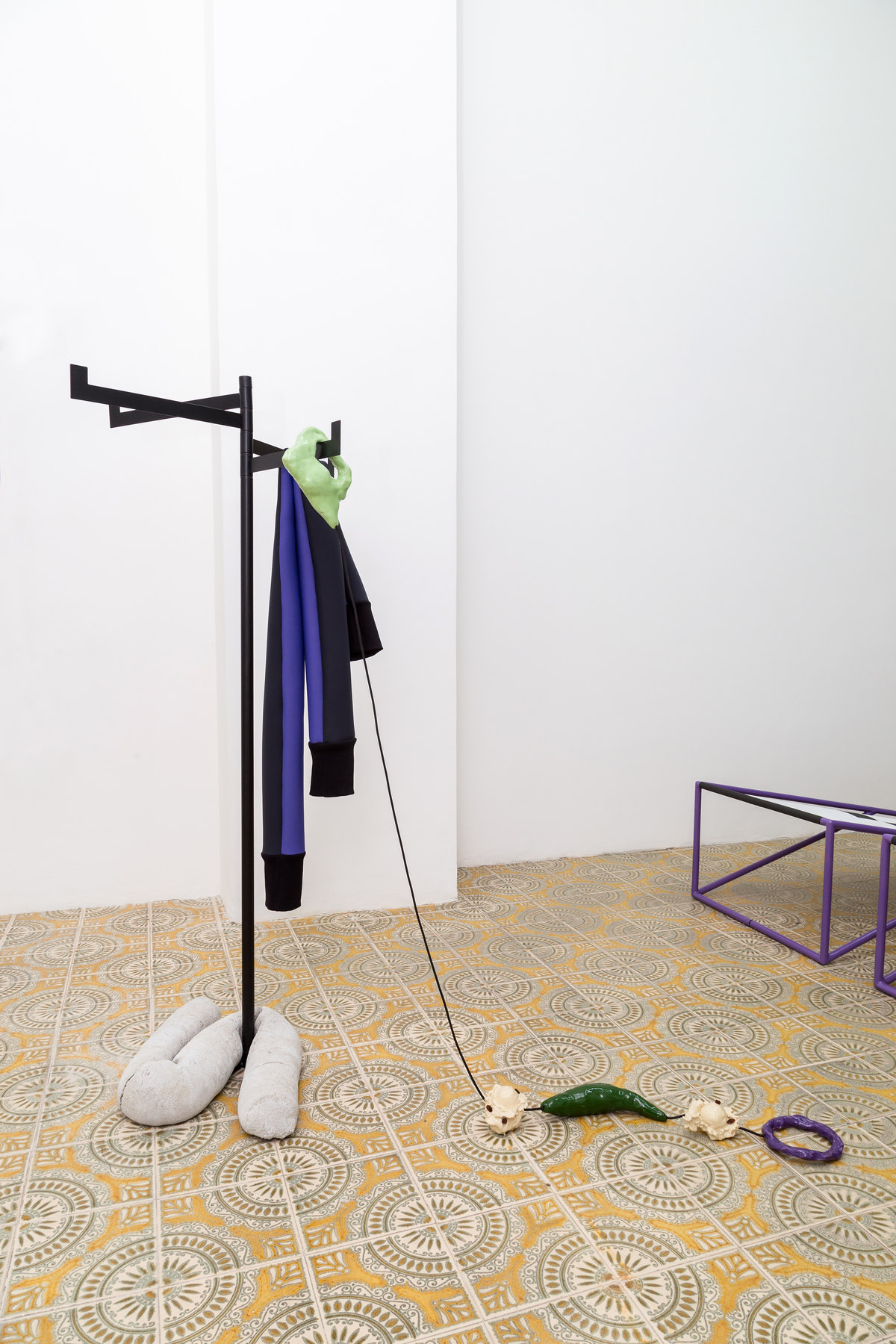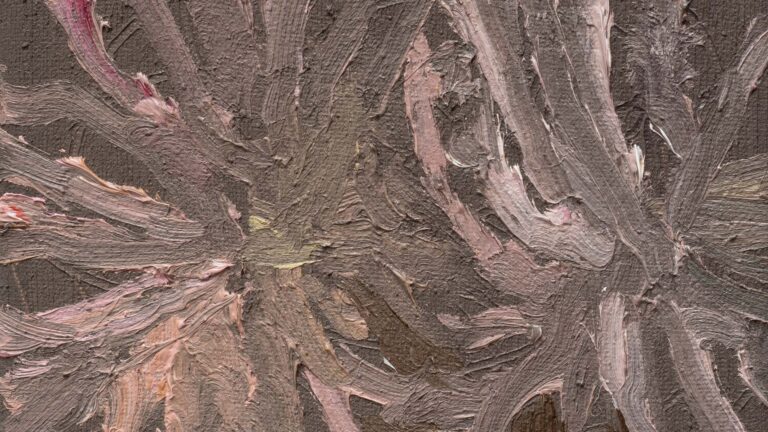Artists: Agostino Bergamaschi and Paolo Brambilla
Exhibition title: Mandragola
Venue: Galleria Massimodeluca, Venice, Italy
Date: March 30 – May 11, 2019
Photography: Peter Cox, all images copyright and courtesy of the artists and Galleria Massimodeluca, Venice
Galleria Massimodeluca presents Mandragola, a two-person show by Agostino Bergamaschi and Paolo Brambilla. On the occasion of this show the two artists interpret the gallery’s new venue as a stage where their works function as the scenery and actors of a drama receptive to contamination.
The mandrake (Mandragola) is a magical root that, since ancient times, has been considered as a creature between the vegetal and the animal reigns. According to different legends and traditions, the mandrake sprouts from the sperm or urine of a hanged man. The innocence of the dead man (which has been reported in different original sources) disappears in the transformation from myth to popular belief.
For this reason the mandrake is believed to be very dangerous to uproot, due to its lamentable scream which is able to leave the picker mute, deranged and, in the end, bring him to death.
This death-related creature could have been extracted from the soil only through certain rituals.
One of them makes use of a dog, tying the mandrake to its tail or neck with a rope so that the curse of the creature’s scream could only kill the animal. Thanks to its anthropomorphic shape the mandrake has always been associated with the occult homunculus so that it easily got the fame to posses magic and divinatory properties.
The mandrake could be used to win against enemies, to fight curses or to cast them, to gain or to subtract luck, prosperity and richness, to protect health, stimulate fertility, help the birth, make love potions, win calamities and death. Furthermore the mandrake was believed to have the power to grant three whishes.
Its lethal scream and its curative properties place it in an ambivalent state between life and death, between the fearful and the fabulous, to become an image of reference joining together the opposing and, at the same time, parallel poetics of Bergamaschi and Brambilla, who both share an interest for the literary and visual tradition of the fantasy genre, while developing diametrically opposed aspects
Agostino Bergamaschi’s art inquires into the origin of a gesture in its progression and regression without any aim in time, thus creating a narrative imagery in which space continually dilates and contracts. Starting from this premise, the most recent developments of his art inquire deeply into the idea of an obsessive and ruthless action that is sparked off in peoples’ psychology and in the image of an indeterminate place. For Mandragola Bergamaschi is presenting a series of previously unseen works that are part of a single narrative by travelling through an imaginary surface of persons and actions that have ever existed.
Bergamaschi’s practice is subjected by the fascination for monstrosity and obsession as incarnation of a primordial, authentic and raw force. His works are permeated by a sense of unknown, appearing so essential and sharp, mysterious like menhirs. Bergamaschi takes advantage of ancient symbols and stigmas which origins have been lost in time, creating entities as real as extra-dimensional.
On the other hand, Paolo Brambilla uses processes that are speculative and formal permutations, employing or distorting various productive and reproductive formats with the aim of inquiring into the infinite series of assimilations, dispersions, and transformations of cultural products. His recent art ponders on storytelling and narrative mechanisms for their basic role in shaping and redefining the sense of pathos of whole generations, so creating a wide range of icons that go beyond entertainment to arrive at influencing the world’s individual and collective perception. For Mandragola Brambilla has made a series of “visual scripts”, agglomerates and interweavings of narrative fragments that create enigmatic scenes with a strong emotive impact.
Brambilla’s works remind of a spell or an artifice, they are clear and enigmatic so to obtain extraneous effects which are not allowed by the natural order or by the immediate appearance of things. Brambilla sets up sceneries and frozen moments which wait to be animated or inhabited by the viewer imagination.
Agostino Bergamaschi, “Dunja, pensiero organico”, 80x30x5cm, resin, silicon, 2019
Agostino Bergamaschi, “Markulf, confine immaginario”, 200x80x50cm, glass, resin, iron, pvc, 2019 (detail)
Agostino Bergamaschi, “Markulf, confine immaginario”, 200x80x50cm, glass, resin, iron, pvc, 2019 (detail)
Agostino Bergamaschi, “Markulf, confine immaginario”, 200x80x50cm, glass, resin, iron, pvc, 2019
Agostino Bergamaschi, “Micromorph e il mangiatore a TBB”, 160x140x50cm, iron, resin, polyurethane, marble, jack cable, 2019
Agostino Bergamaschi, “Micromorph e il mangiatore a TBB”, 160x140x50cm, iron, resin, polyurethane, marble, jack cable, 2019 (detail)
Agostino Bergamaschi, “Micromorph e il mangiatore a TBB”, 160x140x50cm, iron, resin, polyurethane, marble, jack cable, 2019 (detail)
Agostino Bergamaschi, “Micromorph e il mangiatore a TBB”, 160x140x50cm, iron, resin, polyurethane, marble, jack cable, 2019 (detail)
Agostino Bergamaschi, “Pensiero organico su carta”, 50x70cm, digital print on paper, 2019
Agostino Bergamaschi, “Untitled”, 130x10x6cm, resin, graphite, iron, 2019
Paolo Brambilla, “Glinda”, 80x80x40cm, resin, fabric, acrilyc, 2018
Paolo Brambilla, “Glinda”, 80x80x40cm, resin, fabric, acrilyc, 2018 (detail)
Paolo Brambilla, “Glinda”, 80x80x40cm, resin, fabric, acrilyc, 2018 (detail)
Paolo Brambilla, “L’araldo del mattino”, 40x60cm, resin, oil and acrilyc on wood, 2019
Paolo Brambilla, “Nottecanto”, 120x70cm, inlaywood, stainless steel, plexiglass, 2018
Paolo Brambilla, “Pennacchiolo”, 205x55x55cm, paper mache, wood, oil, acrilyc, resin, 2019 (detail)
Paolo Brambilla, “Pennacchiolo”, 205x55x55cm, paper mache, wood, oil, acrilyc, resin, 2019




